Soundproofing a shed can be a challenging task, but it is necessary if you want to enjoy your shed without disturbing your neighbors or family members. Whether you use your shed as a music studio, a workshop, or just a place to relax, soundproofing it will help you create a quiet and peaceful environment.
In this article, we will discuss seven effective ways to soundproof a shed and help you enjoy your shed without any noise complaints.
Understanding soundproofing is the first step in soundproofing a shed. Soundproofing is the process of reducing the amount of sound that enters or leaves a room. It involves creating barriers that prevent sound waves from passing through walls, floors, and ceilings.
To soundproof a shed, you need to understand the principles of soundproofing and the materials needed to create an effective sound barrier. In the following sections, we will discuss the materials needed for soundproofing a shed and the different methods you can use to soundproof your shed effectively.

Key Takeaways
- Understanding the principles of soundproofing is essential before you start soundproofing your shed.
- To soundproof a shed, you need to use materials that create an effective sound barrier.
- There are several methods you can use to soundproof a shed, including soundproofing the walls and ceiling, soundproofing the floor, soundproofing the windows and doors, and sealing gaps and cracks.
Understanding Soundproofing
Soundproofing a shed can be a challenging task, but it is essential if you want to use it for activities that generate noise. Soundproofing involves preventing sound from entering or leaving a room. It is important to understand that soundproofing does not completely eliminate sound, but it can significantly reduce it.
To soundproof a shed, you need to understand the different types of noise and the materials that can be used to reduce them. There are two types of noise: airborne noise and impact noise. Airborne noise is sound that travels through the air, while impact noise is sound that is transmitted through a solid object.
To reduce airborne noise, you can use sound-absorbing materials such as acoustic foam or fiberglass insulation. These materials absorb sound waves and prevent them from bouncing around the room. Mass-loaded vinyl is also a popular soundproofing material that can be used to reduce airborne noise.
To reduce impact noise, you can use materials that are heavy and dense, such as mass-loaded vinyl or rubber mats. These materials absorb vibrations and prevent them from traveling through the walls and floors.
There are several soundproofing methods that you can use to soundproof a shed. Some of these methods include:
- Adding mass to the walls and ceiling
- Sealing gaps and cracks
- Using soundproof curtains or blankets
- Installing double-glazed windows
- Building a separate room within the shed
It is important to note that soundproofing can be expensive, and the cost will depend on the size of the shed and the materials used. However, it is a worthwhile investment if you want to use your shed for noisy activities without disturbing your neighbors.
Soundproofing a shed involves preventing sound from entering or leaving the room. There are different types of noise, and the materials used to reduce them will depend on the type of noise. There are several soundproofing methods that you can use, and the cost will depend on the size of the shed and the materials used.
Materials Needed for Soundproofing a Shed
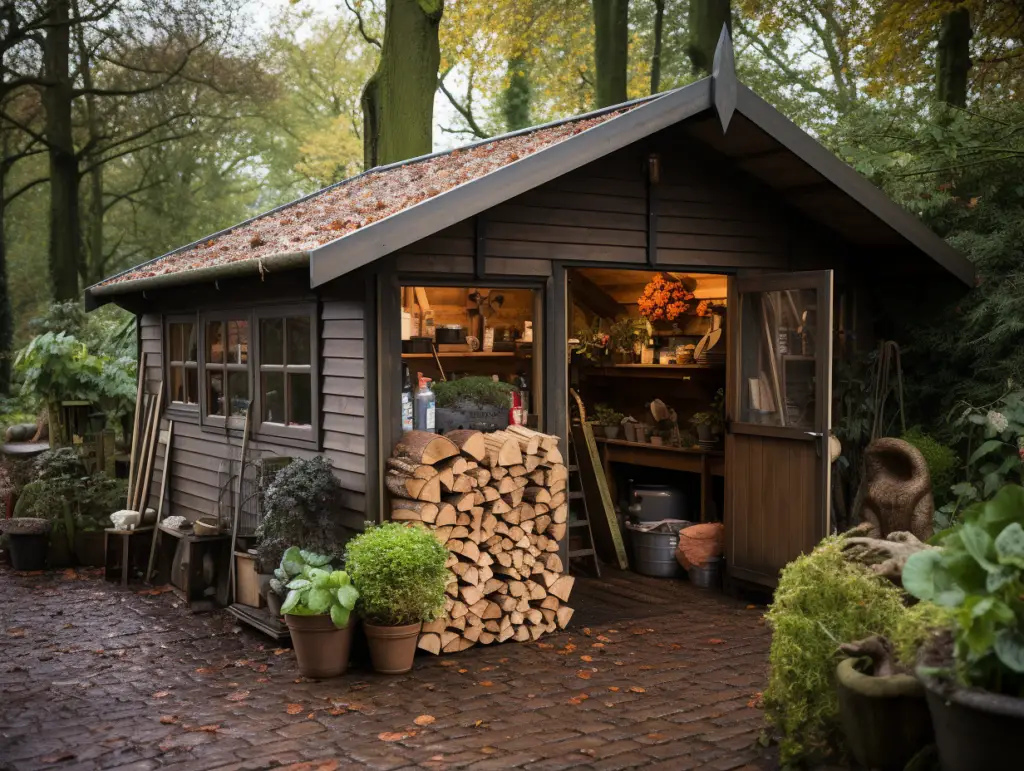
Soundproofing a shed requires specific materials to achieve the desired results. The materials you will need depend on the type of shed you have and the extent of soundproofing you want to achieve. Here are some of the essential materials you will need:
Insulation
Insulation is an essential component of soundproofing a shed. Fiberglass insulation is an excellent choice for soundproofing as it can reduce noise transmission by up to 50%. Mineral wool is another option as it is denser than fiberglass and provides better soundproofing.
Drywall
Drywall is also an essential component of soundproofing. It provides mass, which is necessary for soundproofing. You can use standard drywall or opt for soundproof drywall, which has a higher density and provides better soundproofing.
Flooring
The type of flooring in your shed can also affect sound transmission. If you have a concrete floor, you can use a soundproof mat or rubber mat to reduce noise transmission. If you have a wooden floor, you can use plywood or carpeting to absorb sound.
Acoustic Foam
Acoustic foam is an excellent material for soundproofing as it absorbs sound waves. You can use acoustic foam on the walls and ceiling of your shed to reduce noise transmission.
Caulk and Acoustic Sealant
Caulk and acoustic sealant are essential materials for sealing gaps and cracks in your shed. They prevent noise from leaking through gaps and cracks in your shed walls.
Soundproof Curtains
Soundproof curtains are an excellent option for reducing noise transmission through windows. They are made of heavy materials that absorb sound waves and prevent them from passing through.
Acoustic Panels
Acoustic panels are another option for soundproofing your shed. They are made of dense materials that absorb sound waves and reduce noise transmission.
In addition to these materials, you will also need tools such as a tape measure, drill, screw gun, taping knife, and dust mask. You may also need rubber seals, weather stripping, window inserts, and acoustic glass, depending on the extent of soundproofing you want to achieve.
Overall, choosing the right materials and using them correctly is essential for soundproofing your shed. With the right materials and techniques, you can significantly reduce noise transmission and create a peaceful and quiet space.
Soundproofing the Walls and Ceiling
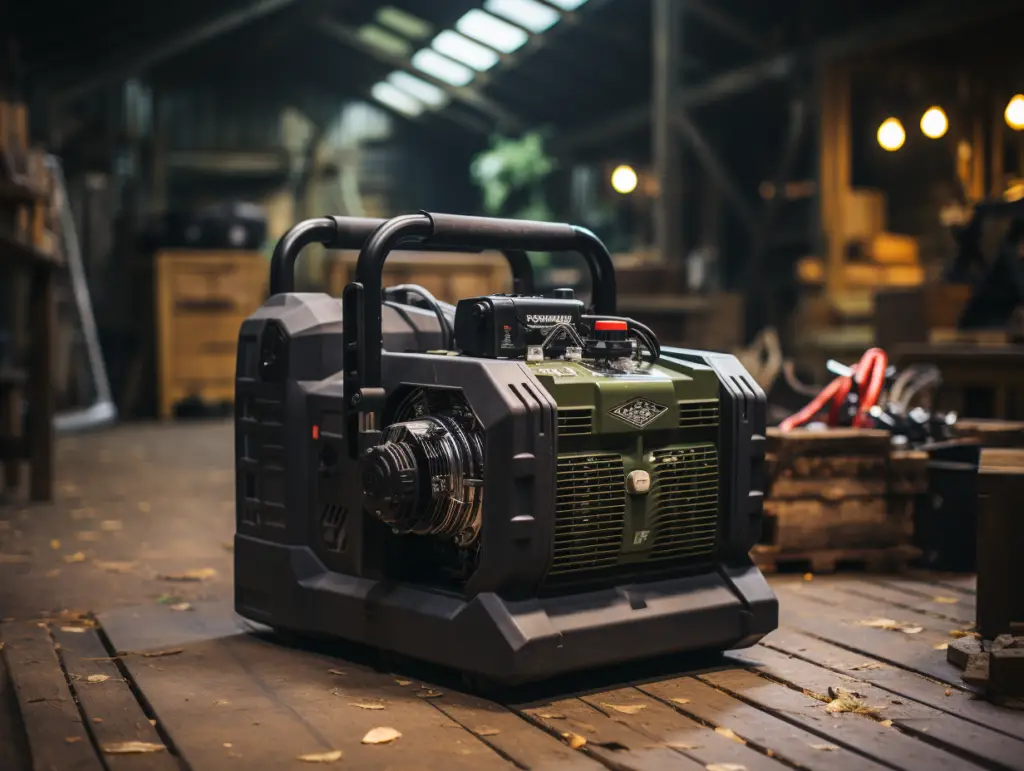
When it comes to soundproofing a shed, one of the most important steps is to soundproof the walls and ceiling. This will help to prevent noise from escaping and disturbing others, as well as blocking out external noise.
Walls
There are several ways to soundproof the walls of a shed. One method is to use mass-loaded vinyl (MLV), which is a sound-dampening product that can be applied to the walls.
Another option is to use resilient channels, which are metal strips that are installed between the wall studs and the drywall. This helps to decouple the drywall from the studs, reducing the amount of sound that can be transmitted through the walls.
Another option is to use damping compound, which is a type of material that is applied to the walls to absorb sound waves. This can be particularly effective when used in conjunction with other soundproofing materials.
Ceiling
Soundproofing the ceiling is also important when it comes to creating a soundproof shed. One option is to use mass-loaded vinyl or resilient channels, as with the walls. Another option is to use acoustic plasterboard, which is a type of drywall that is designed to absorb sound.
It’s also important to ensure that any gaps or holes in the ceiling are sealed, as these can allow sound to escape. This can be done using acoustic sealant or by installing a drop ceiling.
Overall, there are several effective methods for soundproofing the walls and ceiling of a shed. By using a combination of these techniques, it’s possible to create a space that is quiet and free from external noise.
Soundproofing the Floor
When it comes to soundproofing a shed, the floor is an important area to consider. Sound can easily penetrate through the floor, especially if it’s made of materials like wood or concrete. Here are some ways to soundproof the shed floor:
1. Use Soundproof Underlayment
One of the easiest ways to soundproof a shed floor is to use a soundproof underlayment. This material is designed to reduce noise transmission and can be used under different types of flooring. It’s easy to install and can significantly reduce the amount of sound that enters or leaves the shed.
2. Cover the Shed Floor
Another option is to cover the shed floor with a thick carpet or rug. This can help absorb sound and reduce noise transmission. However, it’s important to note that this method may not be as effective as using a soundproof underlayment.
3. Install a False Floor
If you have a concrete floor, you can install a false floor made of wood or plywood. This creates an air gap between the concrete and the new floor, which can help reduce noise transmission. It’s important to use a soundproof underlayment between the concrete and the new floor for maximum effectiveness.
4. Use Rubber Mats
Rubber mats are another effective way to soundproof a shed floor. They can help absorb sound and reduce noise transmission. They’re also easy to install and can be cut to fit any size shed.
5. Use Mass Loaded Vinyl
Mass loaded vinyl is a heavy, flexible material that can be used to soundproof the shed floor. It’s easy to install and can significantly reduce noise transmission. It’s important to note that this material is quite heavy, so it may not be suitable for all shed floors.
6. Use Flooring with Soundproofing Properties
There are many types of flooring that have soundproofing properties, such as cork or bamboo. These materials can help reduce noise transmission and are a great option for sheds. However, they can be more expensive than other options.
7. Cover the Shed Floor with Dirt
If you don’t mind sacrificing some headroom, you can cover the shed floor with dirt. This creates a natural sound barrier and can significantly reduce noise transmission. However, it’s important to note that this method may not be suitable for all sheds and may not be as effective as other options.
Overall, there are many ways to soundproof a shed floor. The best option will depend on your specific needs and budget. It’s important to choose a method that is effective and easy to install.
Soundproofing the Windows and Doors
Windows and doors are two of the most common sources of sound leakage in a shed. To reduce the amount of noise coming in or out of a shed, it is essential to soundproof the windows and doors. Here are a few methods to soundproof the windows and doors of your shed:
Soundproofing the Windows
- Window Inserts: Window inserts are an excellent option for soundproofing shed windows. These are essentially double-paned windows that can be installed over the existing windows. The space between the two panes is filled with air or gas, which helps to reduce noise transmission. You can also use acrylic sheets to make your own window inserts.
- Curtains: Heavy curtains can also help to reduce noise transmission through windows. Thick, heavy curtains made from materials like velvet or wool can absorb sound waves and reduce noise levels.
- Caulk and Weatherstripping: Caulk and weatherstripping can be used to seal gaps and cracks around the window frame. This will help to prevent sound from leaking through these gaps.
Soundproofing the Doors
- Acoustic Sealant: Acoustic sealant can be used to seal gaps and cracks around the door frame. This will help to prevent sound from leaking through these gaps. Green Glue is a popular acoustic sealant that can be used for this purpose.
- Rubber Seals and Door Sweep: Rubber seals and door sweeps can be used to seal the gap between the door and the floor. This will help to prevent sound from leaking through this gap.
- Weatherstripping: Weatherstripping can be used to seal gaps and cracks around the door frame. This will help to prevent sound from leaking through these gaps.
- Soundproofing the Door: You can also soundproof the door itself by adding mass to it. This can be done by adding a layer of mass-loaded vinyl or by attaching acoustic panels to the door.
By soundproofing the windows and doors of your shed, you can significantly reduce the amount of noise that enters or leaves the shed. These methods are relatively easy to implement and can make a big difference in the overall soundproofing of your shed.
Sealing Gaps and Cracks
Sealing gaps and cracks is one of the most important steps in soundproofing a shed. Any gaps or cracks in the walls, ceiling, or floor can allow sound waves to pass through, reducing the effectiveness of other soundproofing measures. Here are some tips on how to seal gaps and cracks effectively:
Use Acoustic Caulk
Acoustic caulk is specially designed to seal gaps completely and prevent sound vibrations from passing through. It remains effective for several years and is an essential tool in soundproofing a shed.
Apply a generous amount of acoustic caulk to all gaps and cracks in the walls, ceiling, and floor. Use a caulking gun to apply the caulk smoothly and evenly.
Install Rubber Seals
Rubber seals are an excellent way to seal gaps around doors and windows. They are easy to install and provide an airtight seal that prevents sound from leaking out. Simply measure the gap around the door or window and cut the rubber seal to fit. Then, apply the seal using adhesive or screws.
Seal Up All Gaps
Make sure to seal up all gaps and cracks, no matter how small they may seem. Even the tiniest gap can allow sound to pass through, so it’s essential to be thorough. Use a flashlight to inspect all areas of the shed and make sure there are no gaps or cracks that have been missed.
In conclusion, sealing gaps and cracks is a crucial step in soundproofing a shed. By using acoustic caulk, rubber seals, and sealing up all gaps, you can create an airtight seal that prevents sound from leaking out.
Room within a Room Concept
One of the most effective ways to soundproof a shed is to build a room within a room. This concept involves constructing a second room inside the existing shed that is completely isolated from the outside environment. The idea is to create a soundproof barrier that prevents sound waves from escaping the room.
The key to this concept is the use of decoupling, which means separating the new room from the existing shed structure. This can be achieved by using resilient channels, which are metal strips that are attached to the studs of the existing shed walls and ceiling.
The new room is then built using the channels as a base, which isolates it from the shed structure and reduces the amount of sound that can escape.
Damping is another important element of the room within a room concept. This involves using materials that absorb sound waves and prevent them from bouncing around the room.
One effective material for this purpose is mass-loaded vinyl, which is a heavy, flexible material that can be installed on the walls and ceiling of the new room.
In addition to decoupling and damping, the use of resilient channels can also help to reduce the amount of sound that escapes from the new room. These channels are designed to absorb vibrations and prevent them from traveling through the shed structure.
When building a room within a room, it is important to pay attention to the details. For example, all gaps and seams should be sealed with acoustic caulk to prevent sound from leaking out. Additionally, doors and windows should be carefully chosen and installed to ensure that they are also soundproof.
Overall, the room within a room concept is an effective way to soundproof a shed. By using decoupling, damping, and resilient channels, it is possible to create a space that is completely isolated from the outside environment and free from unwanted noise.
Cost and Professional Help
Soundproofing a shed can be an affordable DIY project, but it can also be expensive if you choose to hire a professional. The cost of soundproofing a shed will depend on various factors such as the size of the shed, the materials used, and the level of soundproofing required.
If you decide to do it yourself, you can save money on labor costs. However, you will need to purchase soundproofing materials such as mass loaded vinyl, acoustic foam, and weatherstripping.
The cost of these materials can vary depending on the quality and quantity needed. You can expect to spend anywhere from $200 to $500 on materials for a small to medium-sized shed.
If you are not comfortable doing the work yourself, you can hire a professional soundproofing company. Hiring a professional can be expensive, but it can also ensure that the job is done correctly and efficiently.
The cost of hiring a professional can range from $1,000 to $5,000 depending on the size of the shed and the level of soundproofing required.
When soundproofing your shed, it is important to keep in mind the environmental impact of the materials you use. Some soundproofing materials such as fiberglass insulation can release harmful chemicals into the air, which can be harmful to both you and the environment. It is recommended to use eco-friendly soundproofing materials that are approved by the Environmental Protection Agency (EPA).
Lastly, it is important to consider your neighbors when soundproofing your shed. While soundproofing can help reduce noise pollution, it is not a guarantee that your neighbors will not be disturbed. It is always best to communicate with your neighbors and inform them of your soundproofing efforts to avoid any potential conflicts.
Soundproofing for Specific Needs
When it comes to soundproofing a shed, it’s important to consider the specific needs of the space. Here are some tips on how to soundproof your shed for specific uses:
For Guitar Practice
If you’re using your shed as a practice space for your guitar, you’ll want to focus on reducing sound transmission to the outside world. This can be achieved by using acoustic foam panels on the walls and ceiling, which will help absorb sound waves and prevent them from escaping. Additionally, you can use a soundproof curtain to cover the door or window, which will further reduce sound transmission.
For Machinery
If you’re using your shed for machinery such as a lawnmower or chainsaw, you’ll want to focus on reducing unwanted noise and reverberation within the space. This can be achieved by using sound-absorbing materials such as acoustic foam or mineral wool insulation on the walls, ceiling, and floor. Additionally, you can use a soundproof curtain to cover the door or window, which will help reduce sound transmission.
For Drum Kit Practice
If you’re using your shed as a practice space for your drum kit, you’ll want to focus on reducing sound transmission to the outside world as well as reducing unwanted noise and reverberation within the space.
This can be achieved by using a combination of sound-absorbing materials such as acoustic foam or mineral wool insulation on the walls, ceiling, and floor, as well as using a soundproof curtain to cover the door or window.
For Generator Use
If you’re using your shed to house a generator, you’ll want to focus on ventilation as well as reducing sound transmission to the outside world. This can be achieved by installing a ventilation system that allows for proper air flow while also using sound-absorbing materials such as acoustic foam or mineral wool insulation on the walls, ceiling, and floor.
Additionally, you can use a soundproof curtain to cover the door or window, which will help reduce sound transmission.
In conclusion, soundproofing a shed requires careful consideration of the specific needs of the space. By using sound-absorbing materials, soundproof curtains, and proper ventilation, you can create a space that is both functional and comfortable.
Frequently Asked Questions
What materials can I use to soundproof my shed?
There are several materials that you can use to soundproof your shed. Some of the most commonly used materials include mass-loaded vinyl, acoustic foam, and panels, weatherstripping, and acoustic caulk. You can also use insulation materials like fiberglass, rockwool, and cellulose to absorb sound.
How effective is mass-loaded vinyl for soundproofing a shed?
Mass-loaded vinyl is a highly effective material for soundproofing a shed. It is a dense, flexible material that can be easily installed on walls, floors, and ceilings to block sound. Mass-loaded vinyl can also be used as a barrier to prevent sound from escaping the shed.
Are acoustic foam and panels effective for soundproofing a shed?
Acoustic foam and panels are effective for soundproofing a shed, but they are best used in conjunction with other soundproofing materials.
Acoustic foam and panels are designed to absorb sound waves, which can help to reduce echo and reverberation inside the shed.
What is the best way to insulate a shed for noise reduction?
The best way to insulate a shed for noise reduction is to use a combination of materials. You can use insulation materials like fiberglass or rockwool to absorb sound, and then use mass loaded vinyl or acoustic foam to block sound. You can also use weatherstripping and acoustic caulk to seal gaps and prevent sound from leaking out.
How much does it cost to soundproof a shed?
The cost of soundproofing a shed can vary depending on the size of the shed and the materials used. On average, you can expect to spend between $500 and $1,500 to soundproof a shed.
Can I soundproof a shed myself or do I need a professional?
You can soundproof a shed yourself, but it can be a challenging and time-consuming process. If you are not comfortable with DIY projects, or if you want to ensure that the job is done correctly, it may be best to hire a professional soundproofing contractor.
A professional contractor can help you to select the right materials and ensure that they are installed correctly for maximum effectiveness.
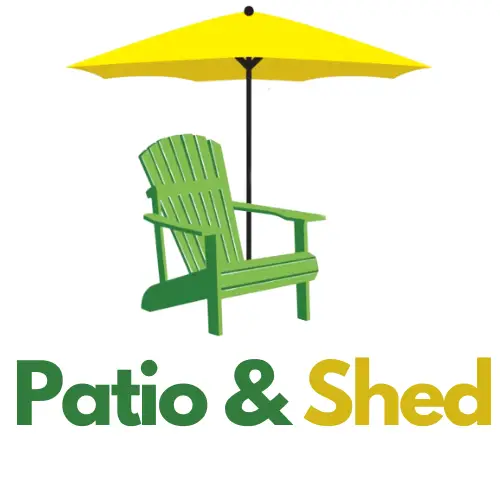
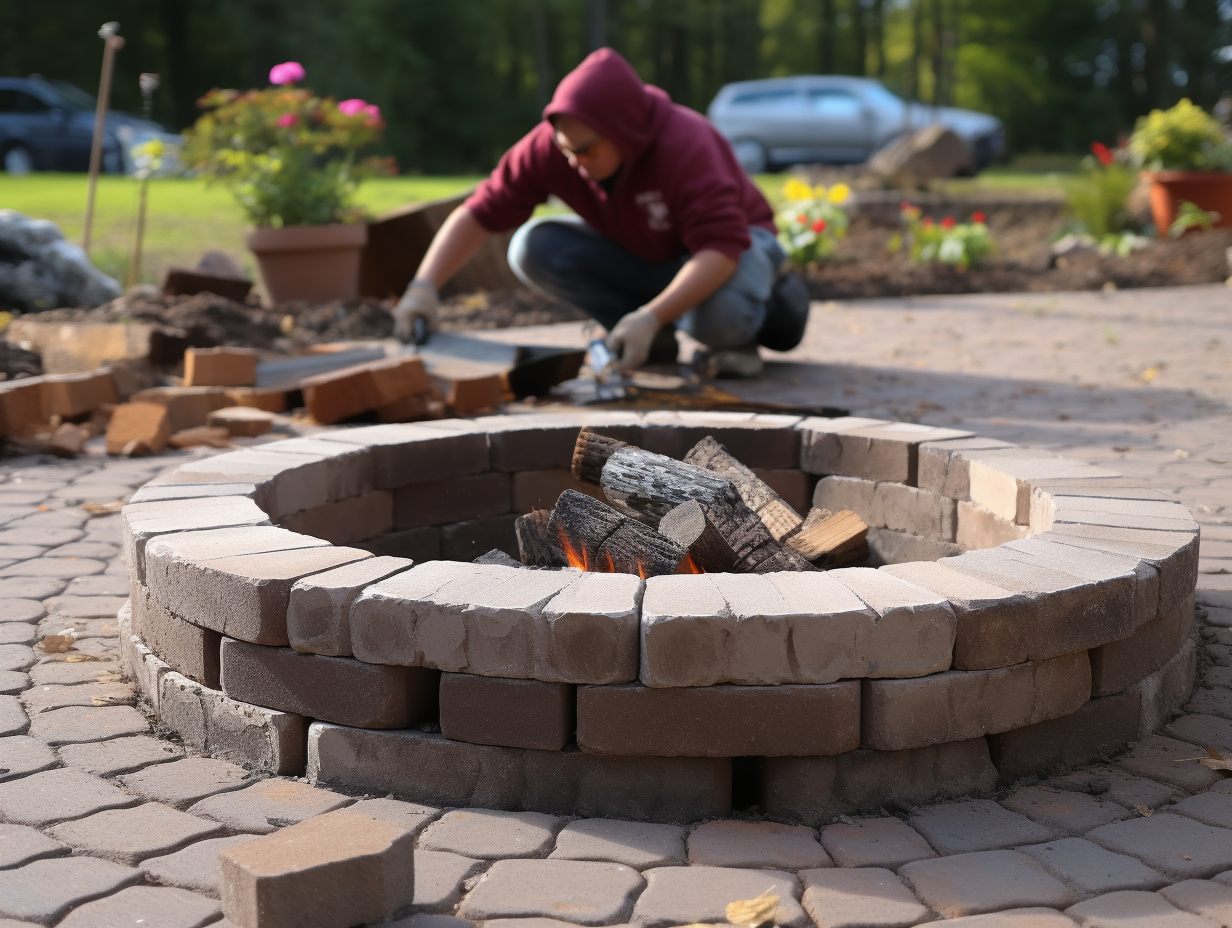
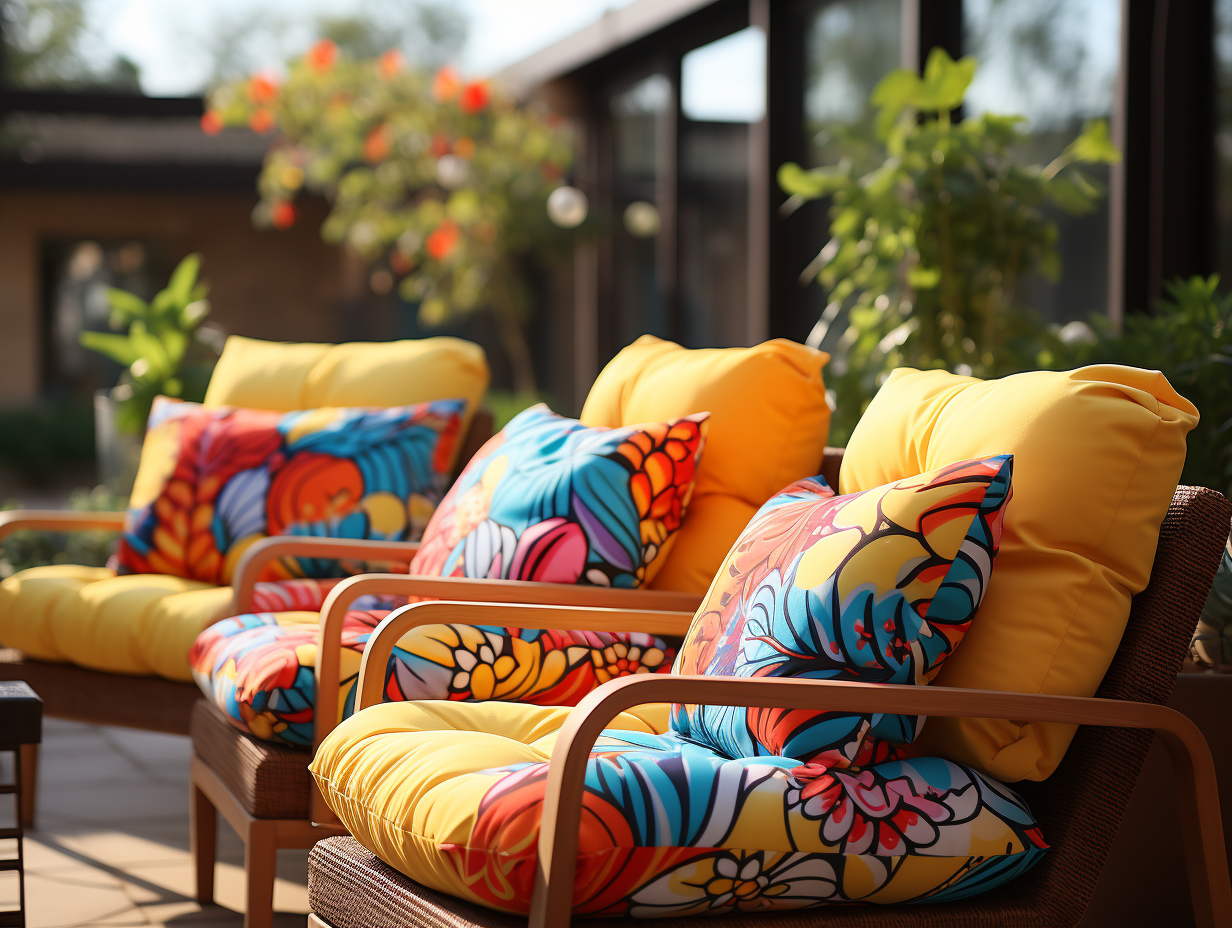
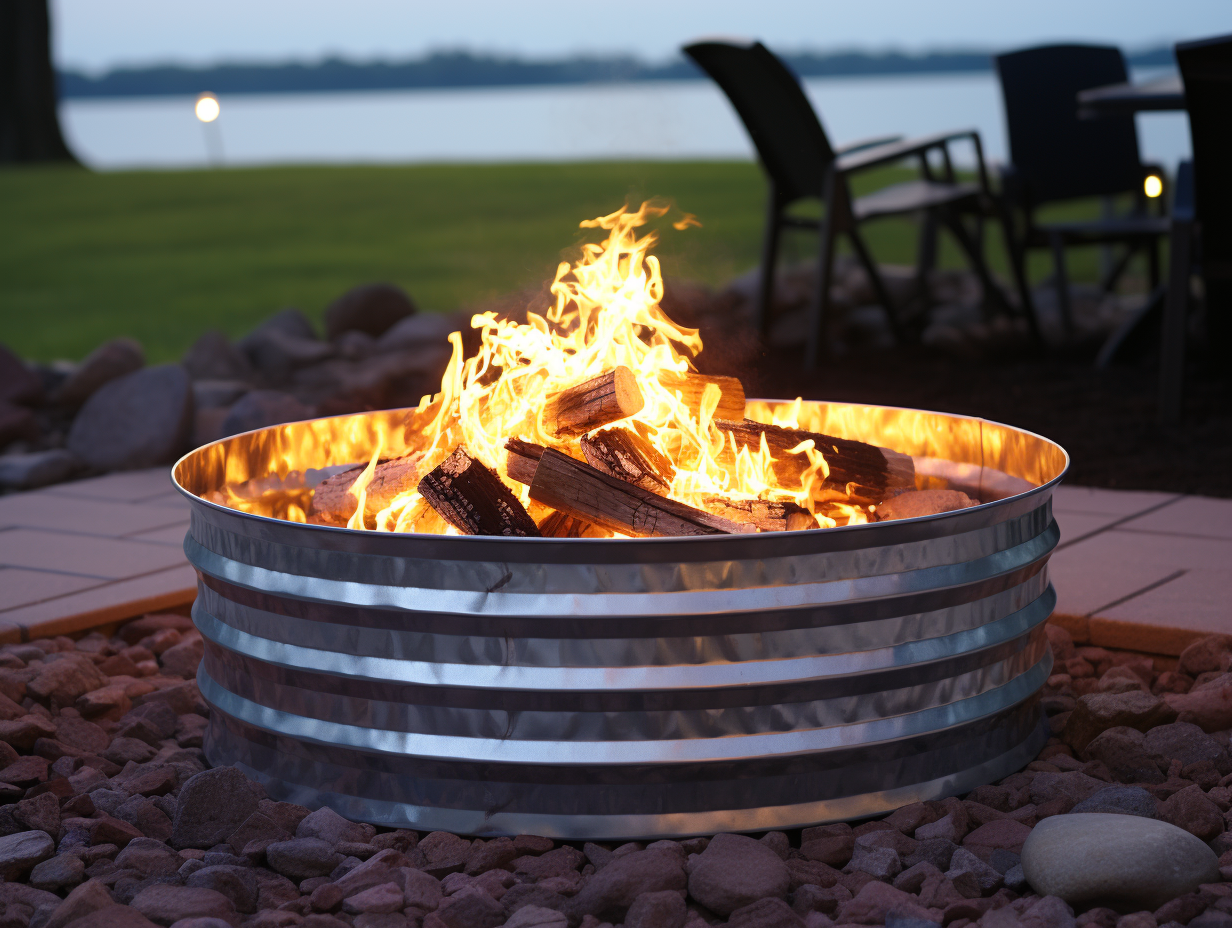

Leave a Reply